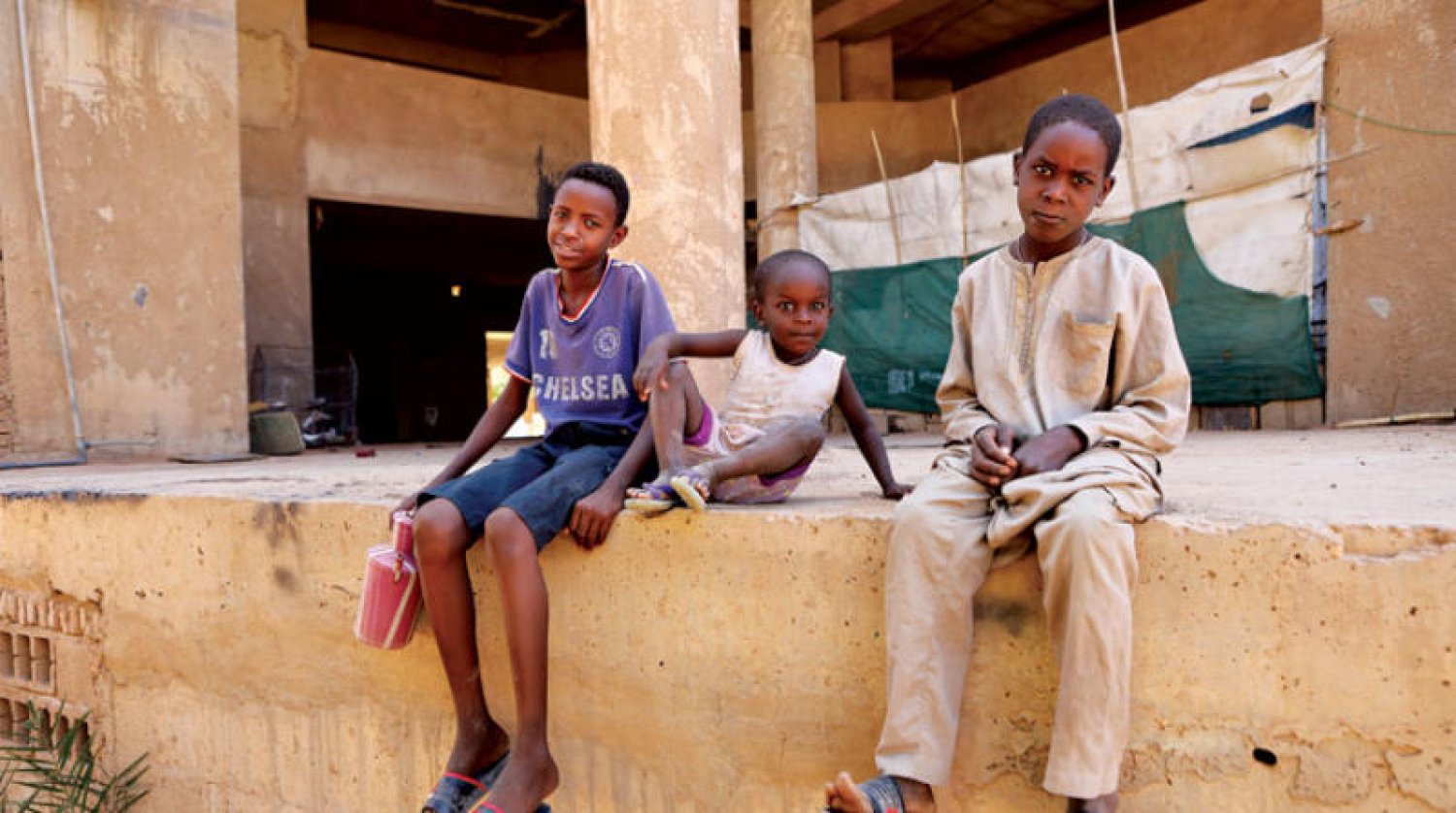
The Academic Year: A Year of Ashes
(No Education in a Painful Situation) - Under this slogan, the revolutionary street addressed one of the most important issues for the Sudanese people from the beginning of its movement. It provided an analytical reading that illustrates the extent to which the policies of the ousted regime over the years of its rule have had a direct impact on the education system, striking down all aspects of the educational process.
The teacher, the genuine pillar of the educational process, whose dedication, qualification, dedication, and commitment to his profession laid the fragrant path for education in Sudan, faced this issue since the beginning of formal education in Sudan. The recent civil alignment, just before the outbreak of the April war, was allocated to the Teachers Committee, which only demanded the legitimate rights of those suffering from this profession, after the salary had been reduced to the minimum requirements of life. The state institutions represented by the Ministry of Finance prevented this.
What happened in the educational curricula, learning environments, and the decline of government education in favor of investing in education confirms that education was an integral part of the project to shape the Sudanese state according to the visions and aspirations of a political project that ruled Sudan.
We are now in the middle of September, the timing of the war, and the amendment that the experts in the concerned ministry claimed to address all the problems of the instability of the academic year for years, sometimes coinciding with the previous timing with the autumn season, sometimes due to the ministrys inability to provide the essentials of the start of the academic year, and at other times due to security tactics carried out by the state to protect its authority.
Here, we turn our attention to the scene that the war is currently creating on the stage of the education sector at its various levels in Sudan. All the disasters that previously befell the education sector will be insignificant in comparison.
The year of war in April of the previous year is necessarily the year of ashes for students in Sudans education sector. It is like a merciful bullet that separates the organs from the body of this clinically dead sector.
Those who called for war and danced to the beat of its drums did not have in mind that its fire would consume the future of this country. They obstructed the investment in cultivating generations that were counted on to repair what war and politics had destroyed.
With this war, no one has the answer to the question of parents about the fate of the education process and the academic year in this year of war. Rather, these are delayed answers in the hierarchy of priorities in which the priority of what the fate of the state itself is in its fifth month of war.
During the war, the salaries of teachers and educators were not and still are not of concern to the ministry. Instead, it has been preoccupied with political quotas and the princes of war since the beginning of the war in mid-April of last year. They found themselves in displacement and refuge, wandering aimlessly, enduring the hardships of war.
Schools opened their doors early this year in the second half of April. The bell did not ring to announce the start of the academic year, but rather to receive the displaced people who were forced to flee the war to less affected areas, and the classrooms are no longer used for teaching.
Calamities have accumulated in the education sector year after year. This sector has not yet recovered from what the COVID-19 pandemic did. Displaying these results on the stage of war is only natural.
The basic formation of the hate speech and the prevailing war is a natural result of the defects that accompanied the education process in Sudan, which focused on quantity rather than quality. It did not take into account the ability of the curricula to address the root causes of the Sudanese crisis, and these results are now being exhibited on the stage of war.


